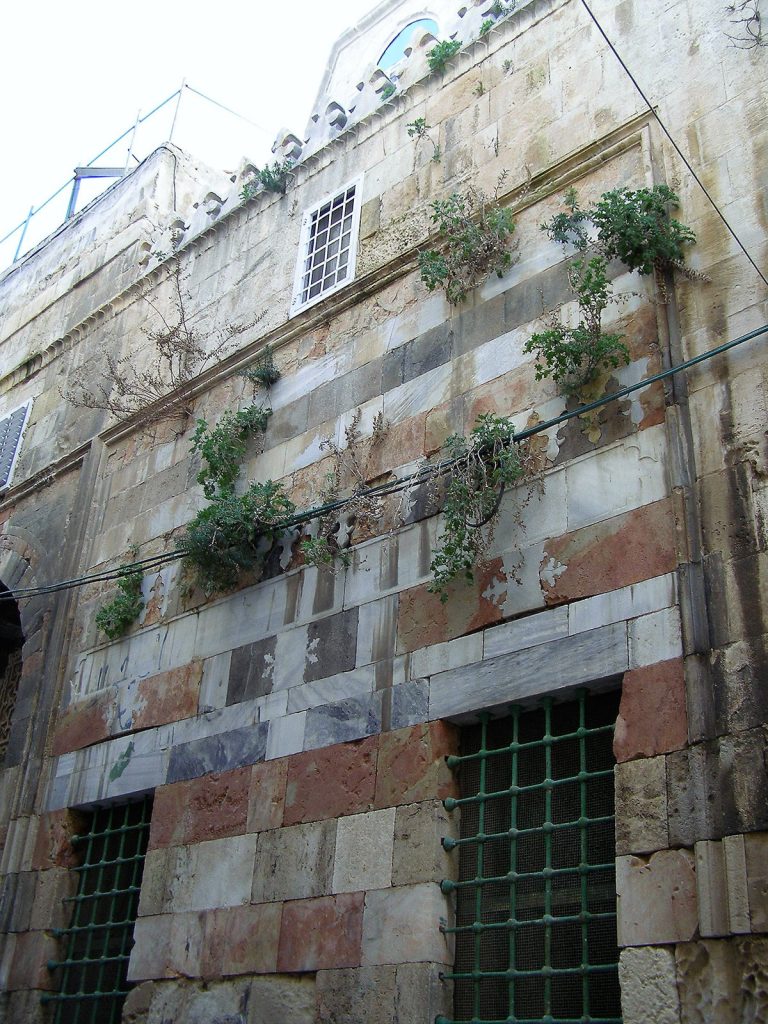The Palace of the Lady Tunshuq is a magnificent and large palace in the Muslim Quarter of Jerusalem. Moreover, the palace centers on fine examples of Jerusalem Mamluk architecture. The palace was built between 1391 and 1392, and according to other versions in 1388, by Lady Tunshuq, daughter of Abdullah al-Musafariya. But it is not really known who that lady was and so, regarding her identity there are several versions. According to one of them, she was the spouse of a Mamluk ruler named Mutfar a-Din.

According to another version, more common these days is that she was a member of the al-Musafariya family that ruled the center of Persia in those years, and just at that time, a war of succession broke out between two brothers. So it is quite possible that Lady Tunshuq, who was a member of the family of rulers; fled to Jerusalem from the horrors of the Civil War; bringing with her vast property. The whole hill on the border between the Muslim Quarter and the Christian Quarter was apparently the property of Lady Tunshuq.
Lady Tunshuq built a magnificent palace in Jerusalem in the middle of a stairway that connects El Wad Rd. with Suk Khan-a-Zeit (“Beit HaBad”). Lady Tonshuk died, probably in 1398, and was buried in a small mausoleum (Turba) across the alley in front of the palace. She dedicated the building to a Scout Order whose center was in the cemetery anyway.
Some More About Palace of the Lady Tunshuq
In the palace, you can see the extensive reception room on the ground floor, with a row of large support pillars in the center. And on the second floor, which can be reached through one of three staircases on the entrance floor, there is a large courtyard, also ceremonial. The palace is not an accepted structure in the Mamluk period in Jerusalem, where houses of worship were usually used only as charitable and religious institutions.
During the Ottoman period, the building was incorporated into a complex built on the initiative of the glorious Suleiman’s wife, Hürrem Sultan (nickname: Haseki Sultan). She instituted a free soup distribution to the Muslim needy. During the Ottoman period, the Saraya House (the Ottoman government building); the Jerusalem Municipality, and a barracks for military and police forces were located on the site.







